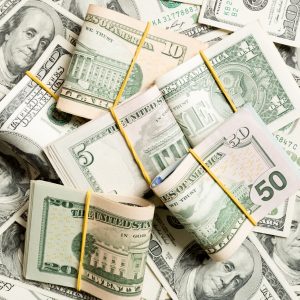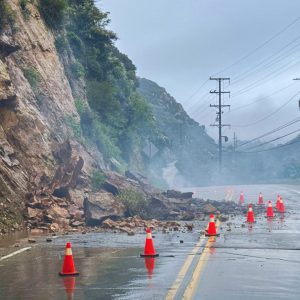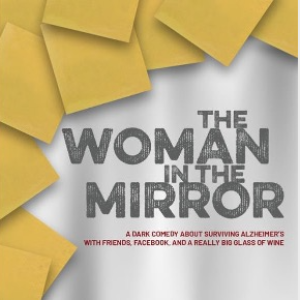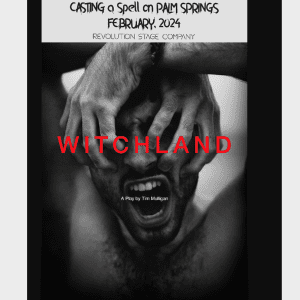 View Winners →
View Winners → USC Pacific Asia Museum Grand Reopening Scheduled for Dec. 8 with ‘Winds from Fusang: Mexico and China in the Twentieth Century’


Roof of USC Pacific Asia Museum showing ‘flying eaves’ with copper finials, fu dogs and chiwen, 2015. –Courtesy photo/ Chris Shinn
USC Pacific Asia Museum is pleased to announce its grand reopening on Dec. 8 with the special exhibition “Winds from Fusang: Mexico and China in the Twentieth Century” as part of the Getty’s Pacific Standard Time: LA/LA. In addition to the special exhibition, the building will reopen with a refreshed 21st century look, featuring an updated gallery flow and a new visitor center and gift shop. The museum’s temporary closure for the seismic retrofit of its 1924 Chinese Qing Dynasty-inspired home strengthened the building’s foundation and added additional gallery space for special exhibitions.
“I’m thrilled to welcome visitors back to the refreshed museum this December with the dynamic exhibition “Winds from Fusang” and a full schedule of engaging public programs for our community,” said Director and exhibition co-curator Christina Yu Yu. A new selection from the museum’s collection of 17,000 objects from across Asia and the Pacific Islands, spanning more than 5,000 years will also be on view for the grand reopening.
“Winds from Fusang: Mexico and China in the Twentieth Century” is the first major exhibition on the heretofore unexamined influence of Mexican art and artists on the development of art in China in the twentieth century. The exhibition, its accompanying publication, and dynamic public programs will present the trans-Pacific ties between the creative communities of Mexico and China in the last century.
“Many believe the Western influence since the ‘opening of China’ in the late 1980s is the motivating force of Chinese contemporary art. Very few acknowledge other influences occurring prior to the Cultural Revolution, especially during the mid-twentieth century when China was isolated from the outside world,” said exhibition co-curator Shengtian Zheng.
“Winds from Fusang” identifies, analyzes and presents the forces from the Pacific Rim that helped shape the development of art in the twentieth century, through material including artwork, documentations, video interviews and research records.
The exhibition will chronologically examine the cultural and artistic dialogue between the two regions in the twentieth century and will be presented in following three sections:
“Shanghai: Covarrubias Circle” will present for the first time the drawings made in
Shanghai in the 1930s by Mexican artist Miguel Covarrubias (1904-1957). The drawings will be exhibited alongside works made by Chinese artists to reflect their aesthetic shifts after their encounter with the Mexican artist.
“Winds from Fusang,” which is also the focus of the exhibition, examines the period between the 1950s and 1970s, when works produced by Mexican artists were introduced to China at a time of limited contact with the outside world, and their influence on Chinese artists. Fusang is an ancient name referring to the shores of an “Eastern Ocean,” which some scholars believe to be today’s Mexico.
The final section looks at the legacy of Latin American art in contemporary Chinese art.
After the Cultural Revolution, the first identifiable art movement in China was a mural movement, canonized by “Water-Splashing Festival” created for the Beijing Airport in 1979 that heralded a new era of art in China.
The exhibition is co-curated by Shengtian Zheng, a leading scholar and independent curator, and
USC Pacific Asia Museum Director Christina Yu Yu.
“Winds from Fusang: Mexico and China” in the Twentieth Century is presented by USC Pacific Asia Museum as part of Pacific Standard Time: LA/LA.
Pacific Standard Time: LA/LA is a far reaching and ambitious exploration of Latin American and Latino art in dialogue with Los Angeles. Supported by grants from the Getty Foundation, Pacific Standard Time: LA/LA takes place from September 2017 through January 2018 at more than 70 cultural institutions across Southern California, from Los Angeles to Palm Springs, and from San Diego to Santa Barbara. Pacific Standard Time is an initiative of the Getty.
USC Pacific Asia Museum is Southern California’s only museum exclusively devoted to the arts of Asia and the Pacific, and the only U.S. university museum dedicated to the subject. Since 1971, the museum’s mission is to further intercultural understanding through the arts of Asia and the Pacific Islands. The museum holds a collection of more than 17,000 items from across Asia and the Pacific Islands, spanning more than 5,000 years.









































































































